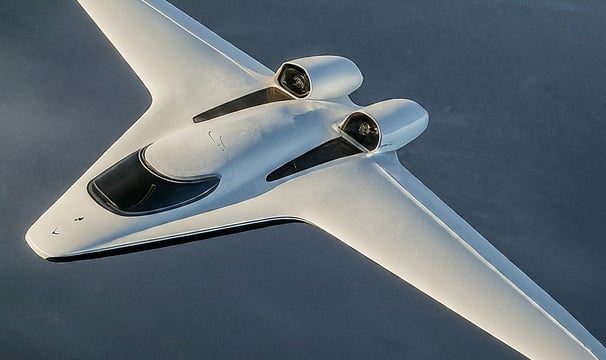
SSTO to orbital Solution


Blended Wing Aircraft (BWA): Concept Design and Prototyping
In the conceptual and prototyping stages, this project explores a Blended Wing Aircraft with:Variable-Sweep and Folding Wing Hybrid Configuration: A unique wing design that enhances payload capacity, efficiency, and adaptability.
Advanced Applications: Aiming for versatile, high-performance atmospheric and space-compatible capabilities.
Sustainable Spacecraft Design
Currently in the 3D-printed prototype stage of our first-generation model (Mark 1), this project focuses on developing spacecraft that operate efficiently across various environments, from atmospheric flight to deep space exploration. Key features include:
Energy-Efficient Systems: Integrating propulsion and power solutions designed to maximize efficiency and reduce environmental impact.
Modular Design: Employing modular construction to simplify in-space manufacturing, repairs, and upgrades during missions.

Additive manufacturing
Development and Optimization of GMAW-WAAM Using a Modified FDM 3D Printer with Compressed Air as arc Stabilization and SS316 Feedstock
Project Overview: Created a custom Wire Arc Additive Manufacturing (WAAM) system by modifying an affordable FDM 3D printer to support advanced metal deposition.
Innovative Approach: Pioneered the use of compressed air for arc stabilization, replacing traditional shielding gases, making the process more cost-effective and accessible.
Research and Experimentation: Conducted rigorous tests with SS316 feedstock to fine-tune system performance, focusing on high-quality material deposition and overall process efficiency.


Automated WAAM with industrial Robotic Arm for Enhanced Precision and Cost Efficiency
Project Overview: Integrated a robotic arm into the WAAM system to enhance control and precision in metal additive manufacturing.
Purpose: Increases the versatility and automation of the WAAM process, supporting complex geometries, refined layer deposition, and reduced setup costs due to the open-source nature of the arm.
Technological Advancements: The open-source robotic arm enables greater flexibility in customization, optimizing material handling and providing detailed path control, making it both cost-effective and highly efficient for high-precision applications.
